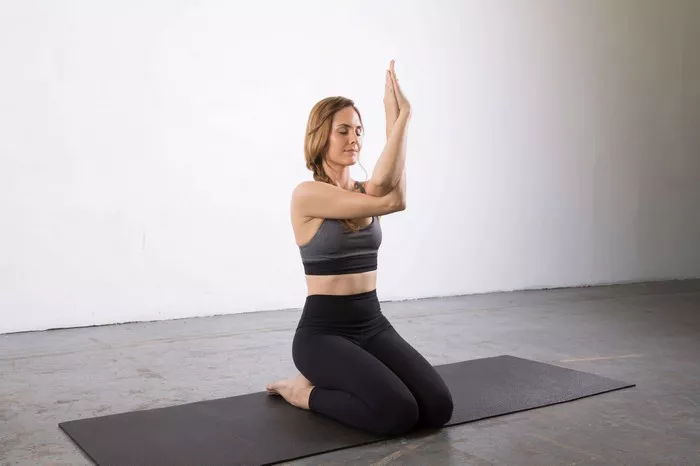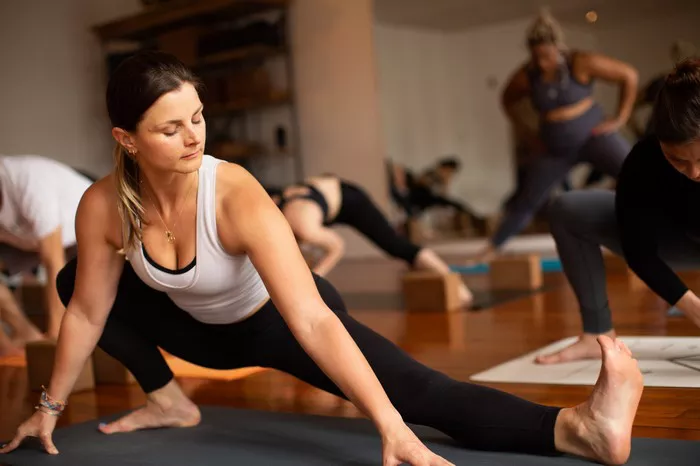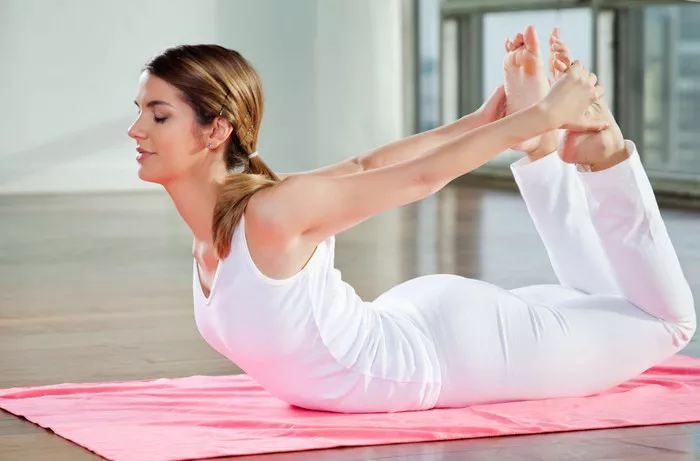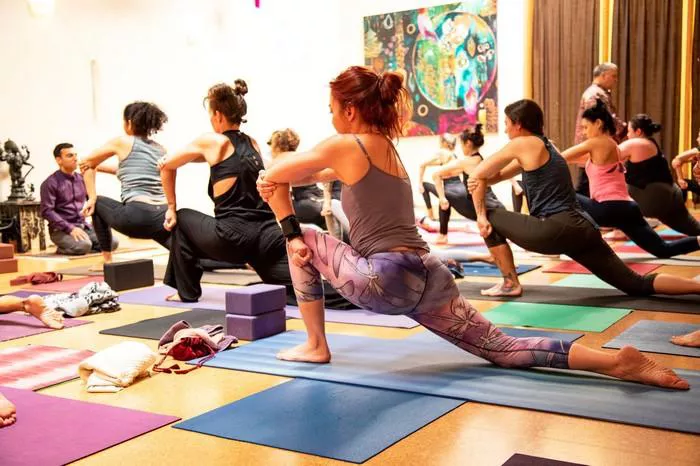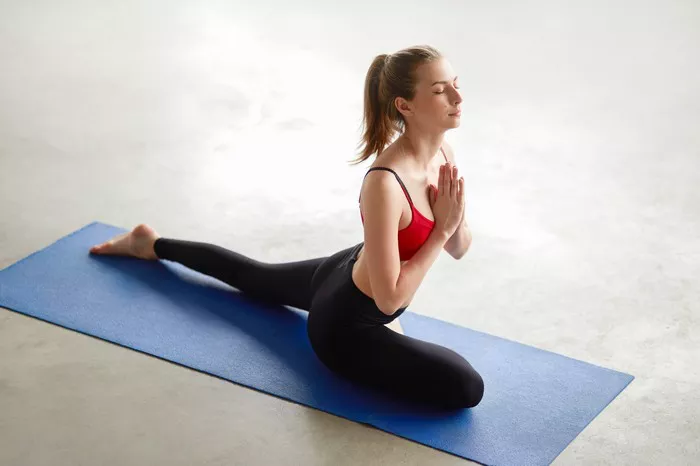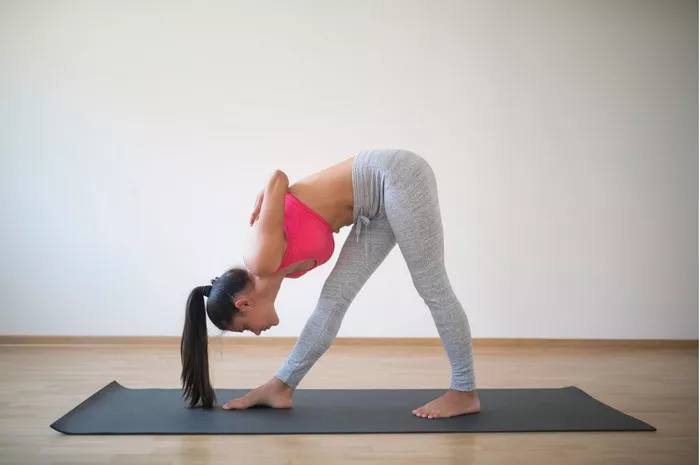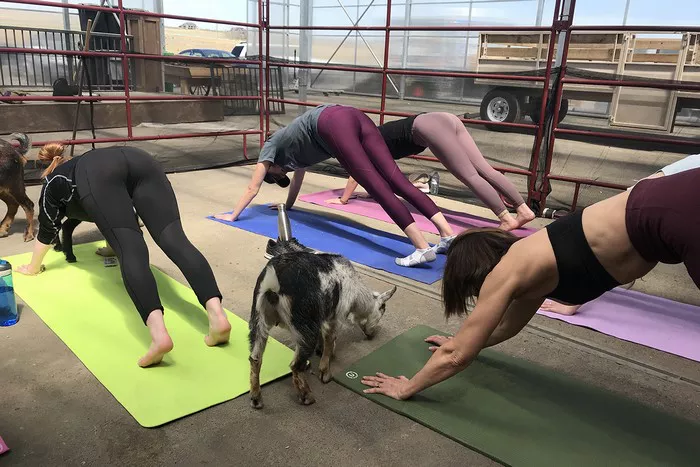Baptiste Yoga is a dynamic and powerful style of yoga that blends elements of Vinyasa flow with the principles of mindfulness and meditation. Founded by Baron Baptiste, a well-known yoga teacher and author, Baptiste Yoga emphasizes strength, flexibility, and mental clarity through purposeful movement. It is designed to help practitioners build both physical and mental endurance, creating a holistic experience of mind-body connection.
At the heart of Baptiste Yoga are five key principles, often referred to as the “5 Pillars” of Baptiste Yoga. These pillars serve as the foundation of the practice, guiding practitioners through each session, helping them deepen their practice, and fostering a sense of personal transformation. In this article, we will explore each of the 5 Pillars of Baptiste Yoga in detail, providing you with insights into their significance and how they can enhance your yoga practice.
1. The Pillar of the Breath: Ujjayi Pranayama
Breath is central to all forms of yoga, and in Baptiste Yoga, it is the first and most foundational pillar. Known as Ujjayi Pranayama or the “victorious breath,” the practice of breathing consciously and deeply is a vital element of Baptiste Yoga. The Ujjayi breath is characterized by a slight constriction of the throat that creates a soft hissing sound as the breath moves in and out. This breath technique helps to focus the mind, regulate the pace of the practice, and energize the body.
The Importance of Breath in Baptiste Yoga
The breath serves several key purposes in Baptiste Yoga:
Mindfulness: Focusing on the breath helps practitioners remain present and aware throughout their practice. By continuously bringing attention to the breath, the mind stays anchored, reducing the chances of becoming distracted or overwhelmed.
Movement & Flow: The synchronization of breath with movement is a fundamental principle in Baptiste Yoga. Each inhale and exhale corresponds with a specific movement or posture. This flow between breath and movement creates a seamless, fluid practice.
Detoxification: Deep, conscious breathing promotes the release of toxins from the body. The breath acts as a natural detoxifier, enhancing circulation and supporting overall physical and mental well-being.
Energy & Focus: The Ujjayi breath is energizing. By maintaining a steady breath throughout the practice, practitioners are able to sustain their energy levels and maintain focus, even during challenging poses or extended practice sessions.
Practical Tips for Ujjayi Pranayama:
Inhale through the nose: Take a deep breath in through the nose, filling the lungs from the bottom to the top.
Exhale with control: Exhale through the nose while slightly constricting the back of your throat, creating the gentle sound of ocean waves.
Match the breath to the movement: Allow each movement to flow with the rhythm of your breath, creating a synchronized and purposeful practice.
2. The Pillar of Posture: Alignment & Foundation
The second pillar of Baptiste Yoga focuses on the importance of proper alignment and the foundation of each posture. Alignment is a critical factor for ensuring safety during the practice and for reaping the full benefits of each asana. Baptiste Yoga places a strong emphasis on creating a solid foundation in each posture, which allows for deeper engagement, strength, and flexibility.
The Role of Alignment in Baptiste Yoga
When it comes to alignment in Baptiste Yoga, it’s not just about looking like a particular posture—it’s about feeling the posture and building awareness in the body. Proper alignment ensures that the body is properly balanced and the joints are protected. It also helps to prevent injury by promoting the even distribution of weight and creating space in the body.
In Baptiste Yoga, alignment is often described as:
Rooting and Rising: This means grounding the body through the feet or hands (depending on the pose), while at the same time lifting through the spine and creating space in the chest and limbs.
Engagement: Proper alignment encourages the engagement of core muscles, legs, and arms, which helps to support the body through each movement.
Energy Flow: Good alignment ensures that energy flows freely through the body, allowing practitioners to experience strength, flexibility, and vitality.
The Importance of Foundation
A strong foundation in each posture is essential in Baptiste Yoga. Whether you’re standing in a Warrior pose or holding a balance pose, the foundation—the contact points with the earth—determines the stability and success of the posture. A firm and rooted foundation ensures that the body is both strong and flexible, offering the right balance between effort and ease.
Practical Tips for Alignment:
Feet and hands: In standing poses, ensure your feet are properly aligned and pressing firmly into the mat. In poses like Downward Dog, spread your fingers wide and press through your palms.
Activate the core: Engage your core muscles to support your spine and stabilize your body.
Mind the micro-adjustments: Small adjustments can make a big difference in your posture. Pay attention to the subtle adjustments that will help you align better and feel more engaged.
3. The Pillar of Vinyasa: Breath and Movement Integration
The third pillar of Baptiste Yoga is Vinyasa, the art of linking breath with movement. Vinyasa means “to place in a special way,” and it refers to the seamless flow of postures linked together by the breath. Vinyasa is not just about moving from one pose to another; it’s about creating a fluid, meditative experience where each movement feels intentional and connected.
The Role of Vinyasa in Baptiste Yoga
In Baptiste Yoga, Vinyasa refers to the way in which postures are connected and synchronized with the breath. Every movement, whether it’s a stretch, bend, or twist, is matched with a specific inhale or exhale. The flow of Vinyasa creates a rhythmic and continuous experience, which keeps the body moving and the mind focused.
Fluidity and Transition: Vinyasa allows for fluid transitions between poses, keeping the practice dynamic and alive. This also helps build endurance as the body moves continuously without long breaks.
Intentionality: By linking breath and movement, each transition between poses becomes an act of intentionality. The practitioner is fully present and aware of the connection between their body and breath.
Heat Generation: Baptiste Yoga uses Vinyasa to build internal heat. The continuous movement and breath work create warmth in the body, which helps to deepen stretches and release tension.
Mental Clarity: The flow of breath and movement in Vinyasa supports mental clarity and focus, creating a moving meditation that calms the mind and cultivates mindfulness.
Practical Tips for Vinyasa:
Move with intention: Be aware of the flow of your movements and their connection to the breath. Don’t rush through poses—move slowly and with purpose.
Link each breath to a movement: Ensure that each movement you make has an accompanying inhale or exhale.
Create space and energy: Use the breath to create space in your body and energy throughout your practice.
4. The Pillar of Drishti: Focused Gaze
Drishti, or focused gaze, is the fourth pillar of Baptiste Yoga. Drishti refers to the practice of fixing the gaze on a single point, which helps to calm the mind and maintain concentration during the practice. It is an essential tool for grounding oneself in the present moment and improving balance in various poses.
The Importance of Drishti
In Baptiste Yoga, Drishti serves several purposes:
Mental Focus: Keeping the gaze fixed on one point helps to cultivate concentration, preventing the mind from wandering. This mental focus helps deepen your connection with the practice and promotes mindfulness.
Physical Balance: In balancing poses, such as Tree pose or Warrior III, Drishti serves as a point of stability. Focusing on a fixed point in front of you can help stabilize your posture and improve your balance.
Calming the Mind: The act of focusing the gaze has a calming effect on the nervous system, helping to reduce anxiety and mental chatter. This contributes to a deeper sense of presence and peace.
Intentionality and Clarity: Drishti reinforces the principle of being fully present and intentional in your practice. It keeps you aligned with your purpose and reminds you to maintain clarity in each moment.
Practical Tips for Drishti:
Find a steady point: In balancing poses, choose a spot to focus on that is steady and doesn’t distract you.
Use the eyes to guide the practice: Your gaze should reflect your inner focus. If your mind starts to wander, gently bring your attention back to the point you are gazing at.
Stay soft and relaxed: While the gaze should be steady, keep the eyes relaxed, not tense or strained.
5. The Pillar of the Practice: Transformation and Growth
The fifth and final pillar of Baptiste Yoga is the practice of personal transformation and growth. Baptiste Yoga is not just about physical postures; it is about personal evolution and change. The practice is designed to challenge you both physically and mentally, pushing you to grow beyond your comfort zone. Over time, this leads to a deeper sense of self-awareness, inner strength, and resilience.
Transformation Through the Practice
Each session of Baptiste Yoga is an opportunity for transformation. The challenges presented in the class—whether through intense physical poses, emotional release, or mental focus—serve as opportunities for growth. Through consistent practice, individuals are encouraged to let go of limiting beliefs and embrace their inner power.
Overcoming Fear and Limitation: Baptiste Yoga encourages practitioners to step into discomfort and challenge their fears. By pushing through physical and mental boundaries, practitioners learn to overcome self-imposed limitations and achieve greater strength and confidence.
Building Resilience: The physical intensity of Baptiste Yoga builds endurance and resilience. As practitioners push through difficult poses and moments of discomfort, they build both physical stamina and mental fortitude.
Mind-Body Connection: Transformation in Baptiste Yoga goes beyond the physical body. The practice helps individuals connect more deeply with their mind, emotions, and spirit, creating a holistic experience of growth and healing.
Personal Empowerment: Baptiste Yoga empowers individuals to take ownership of their health and well-being. The practice instills a sense of agency, encouraging practitioners to make intentional choices that support their goals and aspirations.
Practical Tips for Transformation:
Embrace discomfort: Challenge yourself to step outside your comfort zone. This is where growth happens.
Stay consistent: Personal transformation comes with consistent practice. Show up on the mat regularly and allow the practice to unfold.
Reflect on progress: Take time to reflect on your growth. Notice how far you’ve come physically, mentally, and emotionally.
Conclusion
The 5 Pillars of Baptiste Yoga—Breath, Posture, Vinyasa, Drishti, and Transformation—work together to create a powerful and transformative yoga practice. These pillars provide structure, guidance, and inspiration, helping practitioners develop strength, flexibility, and mental clarity. By embracing each pillar, you can deepen your practice, cultivate a greater sense of mindfulness, and experience profound personal transformation.
Whether you’re new to Baptiste Yoga or a seasoned practitioner, these five pillars serve as a foundation that can elevate your practice and help you live a more balanced and empowered life. Embrace the 5 Pillars, and allow them to guide you on your journey of self-discovery and growth.
Related Topics:




